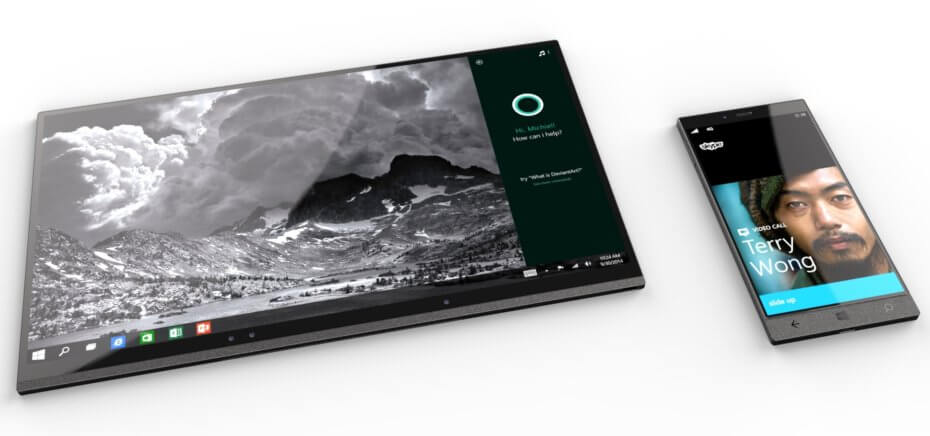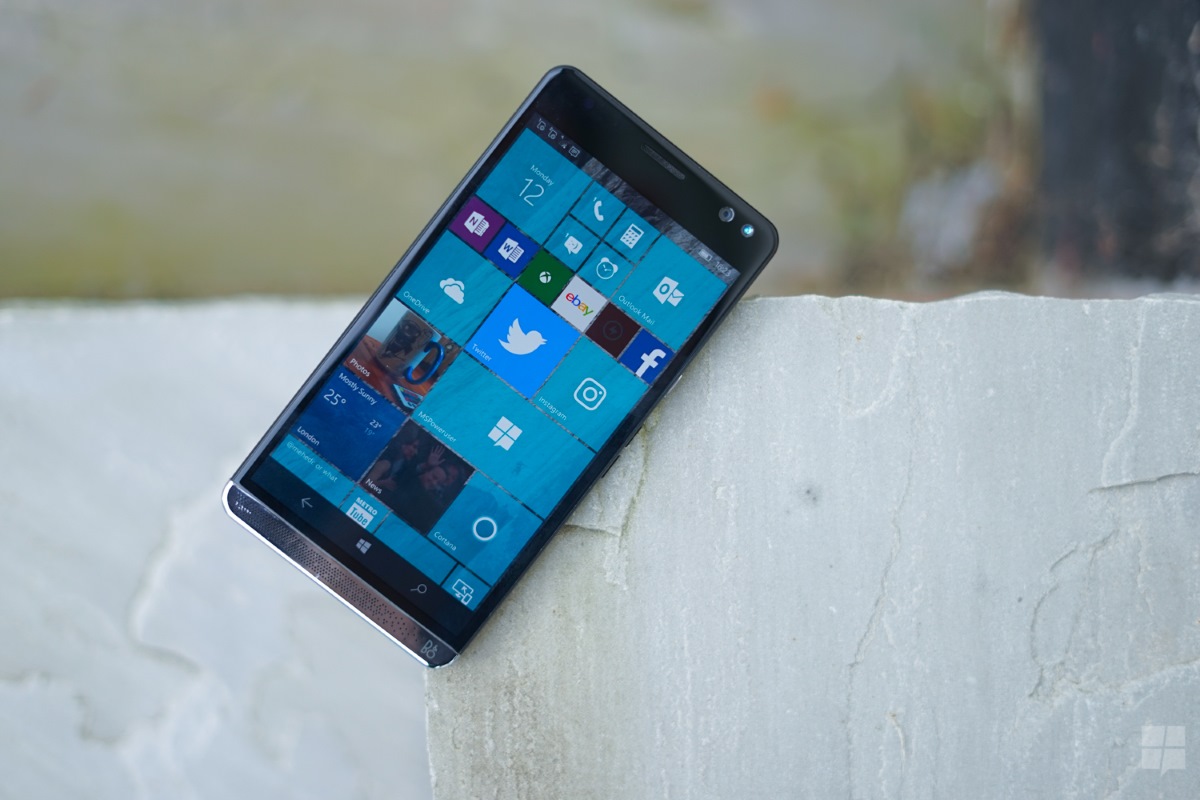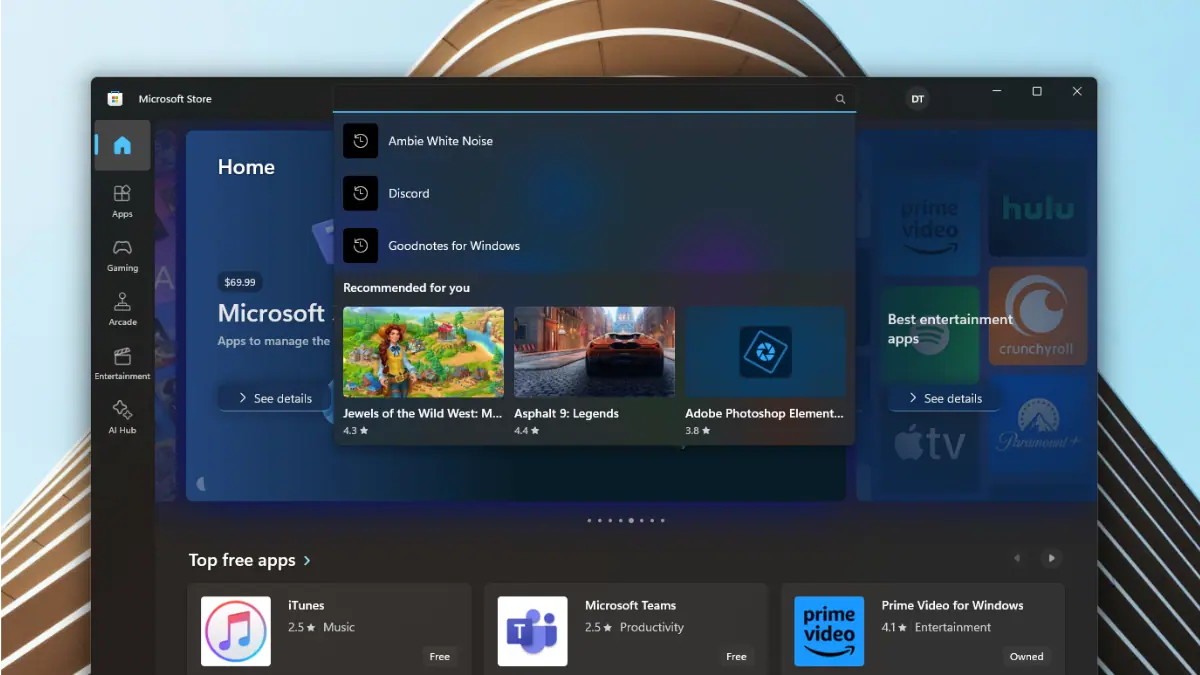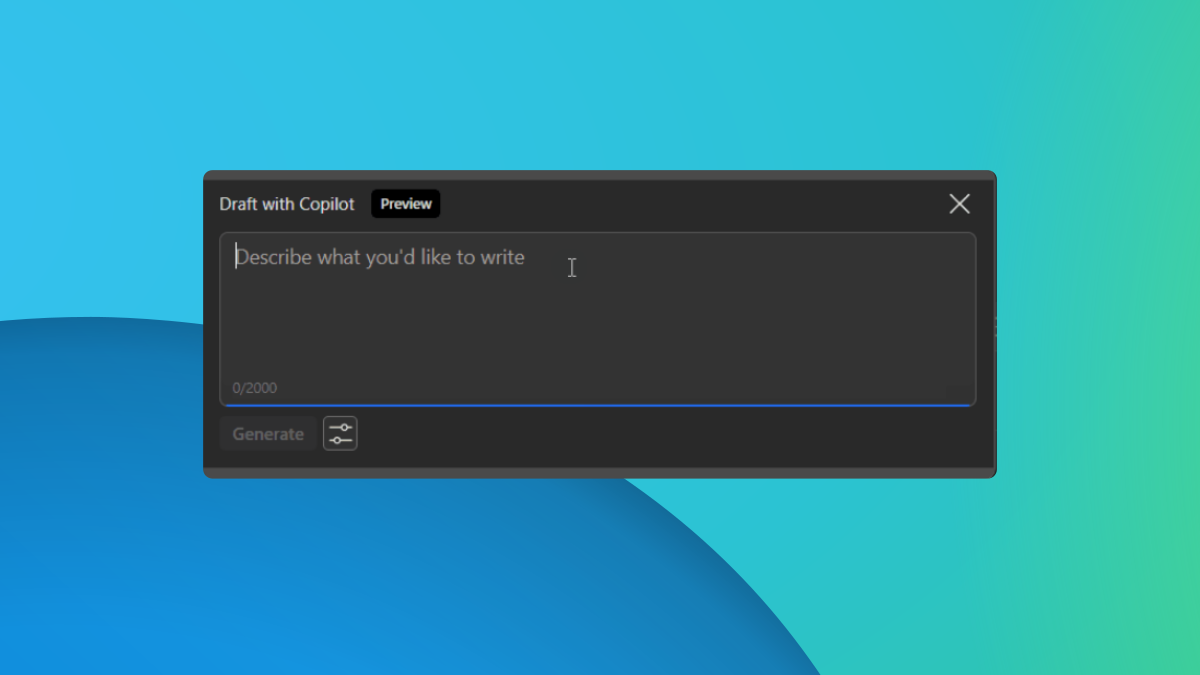Details of Dell's "Stack" Windows 10 Mobile Intel device surface
3 min. read
Published on
Read our disclosure page to find out how can you help MSPoweruser sustain the editorial team Read more

Earlier this year, Evan Blass (EV Leaks), promised Windows phone fans something that would “blow their minds”, and with the revelation of the Dell Stack, this may well be so.
Last weekend,images were leaked of an unknown Windows 10 Mobile device which was later identified to be a Dell Windows 10 Mobile device. The device now has a name – the Dell Stack. Much like the HP Falcon (x3) and Cityman/Talkman (950/XL), the Stack isn’t its actual name, it is just the name of the internal project. In a report originating from VentureBeat’s Evan Blass, the Dell Stack (While the Stack refers to the ecosystem of devices, I will be using the Stack to refer to the main device as well as the “stack” of devices for brevity’s sake) was an ecosystem of devices – or stack – focused around a 6.4 inch Full HD mini tablet/phablet style device which would be the brains for a desktop, laptop and tablet-like experience.
How? Microsoft’s Continuum, a feature which was introduced in Build 2015 and made its real-life debut with the 950 and 950 XL, would have been the lynch-pin between these devices. To provide a refresher, Continuum allows a Windows 10 Mobile device to extend its screen from a mobile device to larger screens as long it can connect to it either wired using a cable or a dock or wirelessly via Miracast. The device can be used to gain a PC lite experience similarly to Windows RT. You wouldn’t be able to run Windows 10 desktop (x86) apps on it, but you’d be able to support Windows 10 Universal Apps on it , allowing to you edit documents in Word, create notebooks in OneNote and manage files with one of the many Universal Windows file manager apps present in the store.
Update: Evan Blass says the device appears to run Full Windows when docked, making it a unique device for Windows phones, and mobile devices in general.
While it was believed that the tablet had been killed due to the purge of Intel’s mobile division, VentureBeat has revealed that the review wasn’t based on Intel’s Mobile processors in the first place, but instead would have been run on Intel’s Kaby Lake processors, bringing a true laptop like experience to Windows 10 Mobile. It would have featured between 4GB to 8GB of RAM (the first on a mobile device), with 128GB and 256GB of Storage coming along for the ride. There is also a second generation planned, making this – like the HP Elite x3 – a long term play.
The device appears to be very similar to HP’s Elite x3 in concept. Rather than an Intel processor powering the device though, the HP Elite x3 has a powerful Snapdragon 820 inside it. Like Dell’s Stack, it powers a host of accessories and can be said to be a futuristic device which aims to bridge computing from the concept of devices and the cloud to that od devices and screens. Microsoft’s Continuum is an attempt to do that as well, and with the improvements to Continuum planned with future Windows 10 Mobile releases, perhaps Microsoft may just be integral to the next shift in mobile computing.









